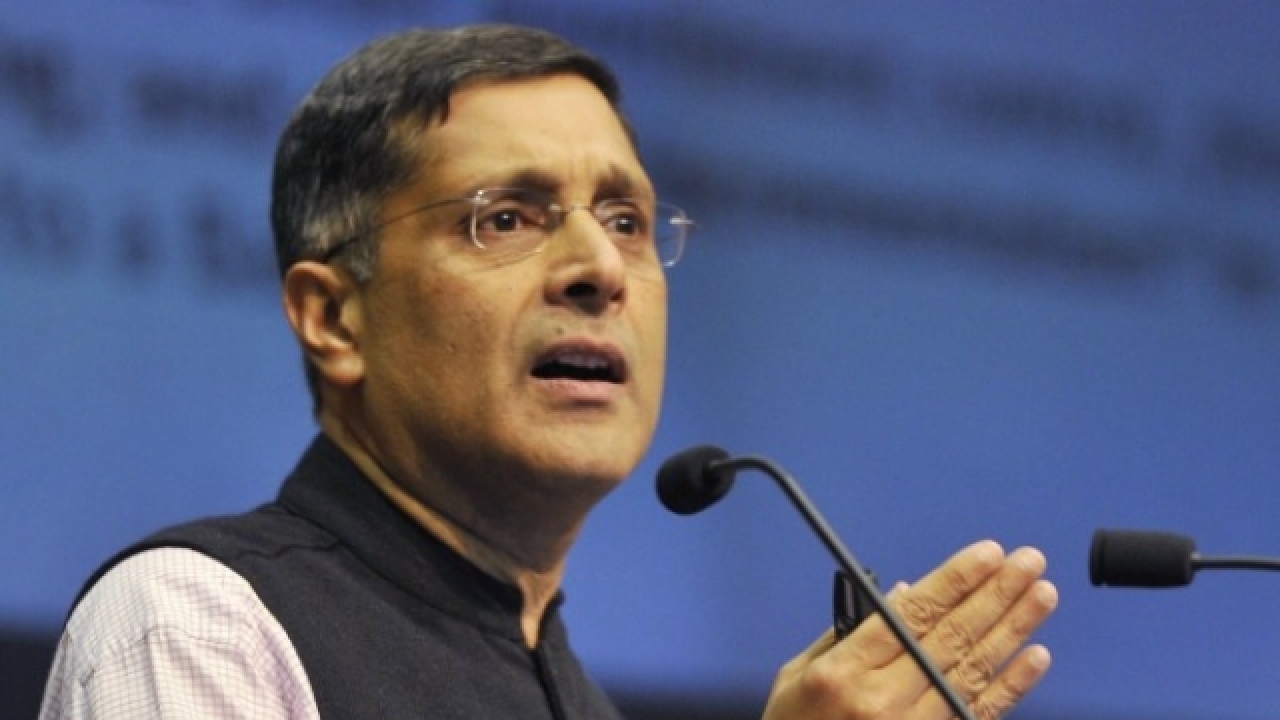Former Chief Economic Adviser of Modi government Arvind Subramanian has used the term ‘Great Slowdown’ for Indian economy and has said that the economy seems headed for the intensive care unit now. In his draft working paper of the Harvard University’s Centre for International Development, Arvind Subramanian says that the Indian economy is currently experiencing a “second wave” of the Twin Balance Sheet (TBS) crisis, which is behind what the great slowdown for Indian economy.
The draft working paper has been co-authored with the former head of the International Monetary Fund’s India office Josh Felman.
The TBS Problem was coined back in December 2014 by Subramanian when he was working with Modi government in the last tenure. TBS problem deals with the debts accumulated by private corporates which becomes non-performing assets (NPA) of banks.
Arvind Subramanian now teaches at the Harvard Kennedy School. He has made a distinction between the original TBS and “TBS-2 in his paper. He says that TBS-1 was about bank loans made to steel, power and infrastructure sector companies during the investment boom of 2004-11 turning bad while TBS-2 is largely a post-demonetisation phenomenon involving non-banking financial companies (NBFCs) and real estate firms.
After demonetization in 2016, a significant amount of cash made their way to banks and major part of this accumulated cash went into the fold of NBFCs. This money was channelled to the real estate sector from NBFCs. By 2017-18, NBFCs were accounting for roughly half of the estimated Rs 5,00,000 crore of outstanding real estate loans.
The ex-chief economic adviser has termed the unfortunate even of collapsing IL&FS in September 2018 a ‘seismic event.’ He writes that NBFC’s lending concentrated into real estate in the recent period is a precarious situation. Around 10 lakhs unsold house in top 8 cities, valued at Rs 8 lakh crore, at the end of June 2019 was equivalent to about 4 years’ of sales. After IL&FS exposure, banks, as well as mutual funds, virtually stopped lending to NBFCs.
Subramanian and Felman write in the draft “In some ways, this may have been India’s version of the US housing bubble.”
As banks have become more conscious in lending to NBFCs, the flow of commercial credit has collapsed from a peak of Rs 20 lakh crore in 2018-19 to “virtually nothing” in the first six months of this fiscal. The Indian economy has reached the point where both – an unresolved legacy TBS problem along with a fresh TBS-2 crisis – have pushed the economy into a downward spiral.
They write that the slowdown of the Indian economy with GDP growth to just 4.5 per cent in the second quarter of 2019-20 is not as disturbing as the disaggregated data is. The draft paper reads, ‘Clearly, this is not an ordinary slowdown. It is India’s Great Slowdown, where the economy seems headed for the intensive care unit’.

